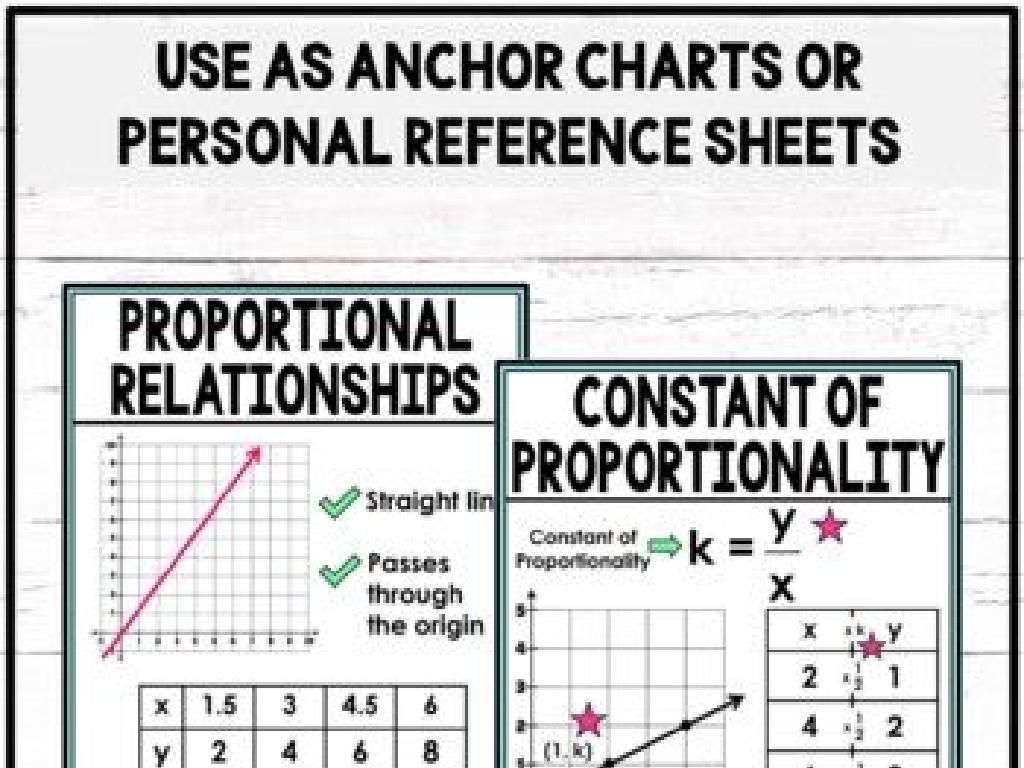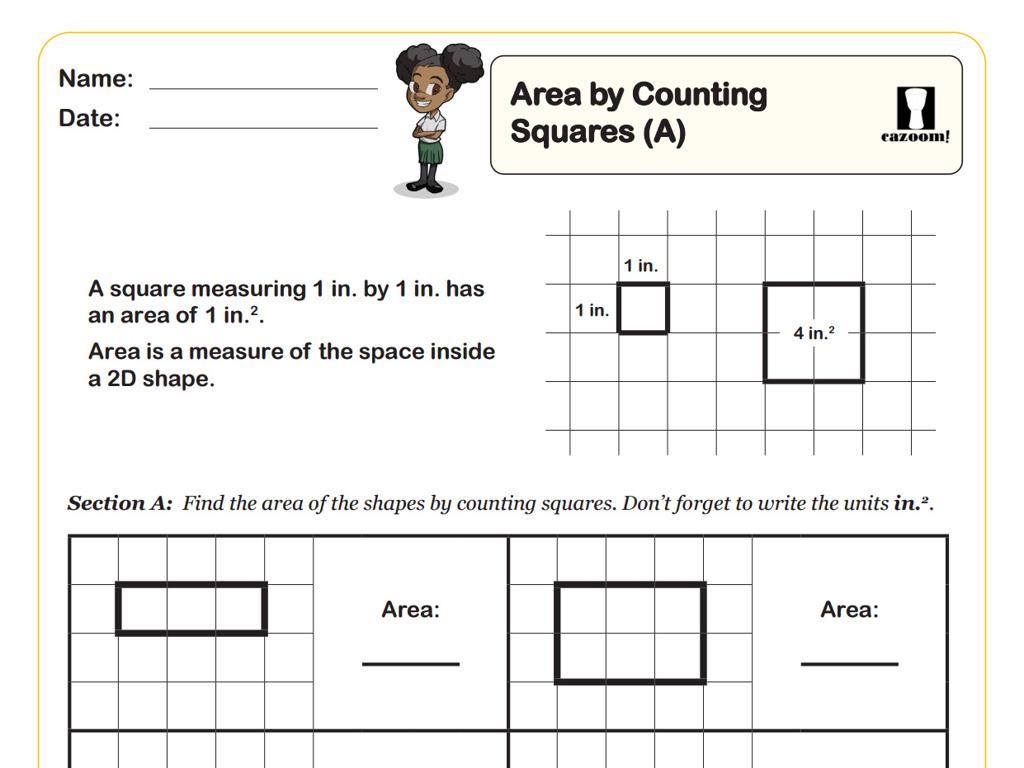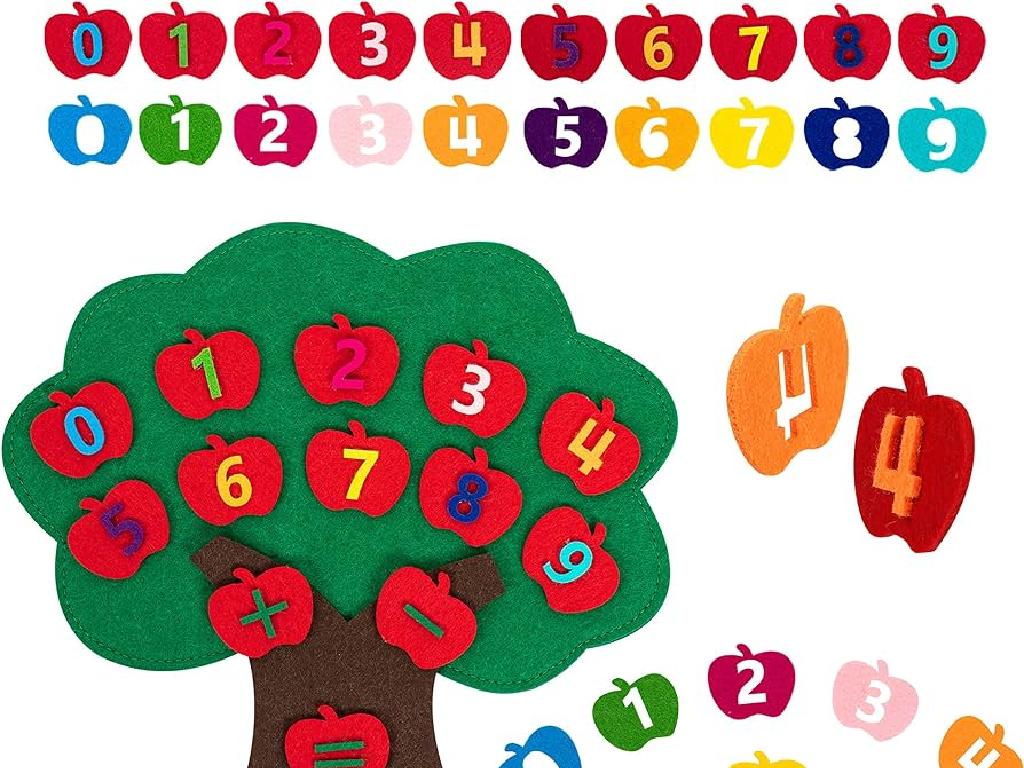Create Frequency Charts
Subject: Math
Grade: Seventh grade
Topic: Data And Graphs
Please LOG IN to download the presentation. Access is available to registered users only.
View More Content
Understanding Data: Frequency Charts
– Visualizing data with charts
– Charts turn numbers into pictures for easy understanding
– Today’s focus: Frequency Charts
– Frequency charts show how often each value occurs
– Importance of Frequency Charts
– They help us see patterns and make comparisons quickly
– Interpreting data using charts
– Learn to read and draw your own frequency charts
|
This slide introduces the concept of data visualization with a specific focus on frequency charts. Emphasize the significance of visual aids in understanding complex data sets. Frequency charts, in particular, are useful tools for summarizing data and observing patterns. They display the number of occurrences of each value in a dataset, making it easier to compare different quantities. Encourage students to think about how visual representations can simplify data interpretation. In the next part of the lesson, students will learn how to create and interpret frequency charts, which will enhance their ability to analyze and present data effectively.
Understanding Frequency Charts
– Define a Frequency Chart
– A visual representation of how often each category occurs in a data set.
– Key Components of a Chart
– Consists of a title, categories (or classes), and frequency (or count) for each category.
– Example: Simple Frequency Chart
– Consider daily temperatures: ‘Cold’, ‘Mild’, ‘Warm’ with respective frequencies 3, 5, 2.
|
A frequency chart is a tool used in statistics to organize data and show the frequency of each category. It’s important for students to understand that the chart helps in summarizing large data sets in a visual way, making it easier to analyze and interpret data. The title provides a clear indication of what the data represents, categories are the different groups or classes within the data, and frequency shows how many times each category occurs. Provide an example of a simple frequency chart, such as daily temperatures categorized as ‘Cold’, ‘Mild’, and ‘Warm’ with their respective frequencies. This will help students grasp the concept and prepare them to create their own frequency charts.
Collecting Data for Frequency Charts
– Steps to collect data
– Identify the data needed, decide how to gather it, and collect responses.
– Explore data sources
– Data can come from surveys, experiments, or historical records.
– Class activity on favorite fruits
– Each student will state their favorite fruit to create a class frequency chart.
– Recording and organizing data
– Use tallies to count responses, then create a chart to visualize the data.
|
This slide introduces the concept of data collection as a precursor to creating frequency charts. Start by discussing the importance of having a clear objective for data collection and the methods to collect data effectively. Highlight different sources where data can be obtained, such as surveys or existing records. The class activity involves each student sharing their favorite fruit, which will serve as a practical example of data collection. Teachers should guide students on how to record this information using tallies and then how to organize it into a frequency chart. This hands-on activity will help students understand the process of data collection and the importance of accurate recording for creating meaningful charts.
Organizing Data into Frequency Charts
– Sort data into categories
– Group similar data together
– Count frequency for each category
– Tally the number of times each category occurs
– Activity: Organize and categorize data
– Use class data to create a frequency chart
– Discuss the importance of organization
|
This slide introduces the concept of organizing data into frequency charts, which is a crucial skill in understanding and interpreting data. Start by explaining the process of sorting data into categories based on common characteristics. Then, demonstrate how to count the frequency of each category by tallying up occurrences. The class activity involves students organizing a set of data into categories and creating their own frequency charts. Emphasize the importance of organized data in making it easier to analyze and draw conclusions. For the activity, consider using data relevant to students’ interests, such as favorite sports, food preferences, or colors. Provide detailed guidelines for the teacher to facilitate the activity, suggesting different data sets for variety and engagement.
Creating a Frequency Chart
– Steps to create a frequency chart
– Gather data, decide categories, tally, and create the chart.
– Choosing an appropriate scale
– Scale must reflect the range of data accurately.
– Example: Class data frequency chart
– Use real class data to construct a chart together.
– Interpreting the chart results
|
This slide introduces the process of creating a frequency chart, which is a visual representation of data. Start by explaining the steps: collecting data, deciding on categories, tallying the frequencies, and then drawing the chart. Emphasize the importance of choosing a scale that fits the data range to make the chart easy to read and accurate. Provide an example by creating a frequency chart using data from the class, such as favorite colors or number of siblings. This will make the concept more tangible. After constructing the chart, discuss how to interpret the results and what insights can be gained from the visual representation of the data. Encourage students to think critically about the best way to display their data.
Interpreting Frequency Charts
– Reading frequency charts
– Examine axes, scale, and intervals to understand data distribution
– Recognizing trends and patterns
– Look for clusters or gaps to identify trends in the data set
– Discussing chart observations
– Share insights on data variability and compare with classmates
– Applying knowledge to class data
– Use a class-generated frequency chart to practice interpretation skills
|
This slide aims to teach students how to effectively read and interpret frequency charts. Start by explaining the components of a frequency chart, such as the x-axis (which represents categories or intervals) and the y-axis (which shows the frequency of each category). Emphasize the importance of scale and intervals in understanding the distribution of data. Encourage students to look for patterns, such as clusters of high frequency or gaps, which can reveal trends. Facilitate a class discussion where students share their observations from a frequency chart created with class data, allowing them to apply what they’ve learned. This activity will help solidify their understanding of data representation and analysis.
Frequency Charts: Uses in Everyday Life
– Frequency charts in daily life
– Track daily habits or class attendance
– Decision making with charts
– Analyze data to make informed choices
– Science and business examples
– Weather patterns, product sales analysis
– Chart creation and interpretation
– Learn to compile and read frequency charts
|
This slide aims to show students the practical applications of frequency charts in various aspects of daily life and professional fields. Frequency charts are tools that help us organize data and observe patterns, which can be as simple as tracking daily habits or as complex as analyzing business sales trends. Emphasize the role of these charts in making informed decisions by providing clear visual representations of data. Discuss examples from science, like observing weather patterns, and from business, such as monitoring product sales over time. Encourage students to think of their own examples and understand how to create and interpret frequency charts, reinforcing their importance in data-driven decision making.
Class Activity: Create Your Frequency Chart
– Form groups for chart creation
– Select a topic of interest
– Choose something relevant or fun!
– Collect and organize data
– Tally occurrences; use a table format
– Present your chart to the class
– Explain your data and findings
|
This activity is designed to engage students with hands-on experience in creating frequency charts. Divide the class into small groups and allow them to choose a topic they are interested in. This could be favorite foods, sports, or TV shows. Each group should then collect data relevant to their topic, organize it into a tally chart, and finally represent it visually in a frequency chart. Encourage students to be creative in their representation. Once completed, each group will present their frequency chart to the class, explaining their methodology and findings. For the teacher: Prepare a list of suggested topics, provide materials for chart-making, and guide students on how to collect and tally data. Be ready to assist with data representation and ensure each group understands how to present their findings effectively.
Wrapping Up: Frequency Charts
– Recap: What is a frequency chart?
– Why are frequency charts important?
– They help summarize data and show how often values occur
– Time for your questions!
– Homework: Find a frequency chart
– Look for charts in news articles or websites and describe its use
|
As we conclude, remind students that frequency charts are visual tools for organizing data into categories and displaying the number of occurrences for each category. Emphasize their importance in making data easier to understand and analyze, which is a key skill in both math and daily life. Open the floor for any questions the students might have, encouraging them to think critically about the lesson. For homework, students should find a real-world example of a frequency chart, which will help them recognize the practical application of what they’ve learned. This task also serves to reinforce their understanding by seeing how frequency charts function outside the classroom.






